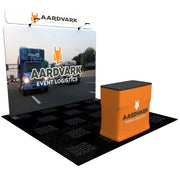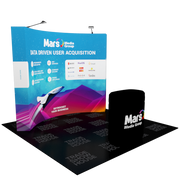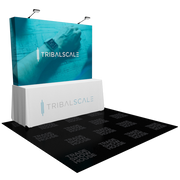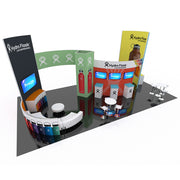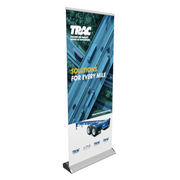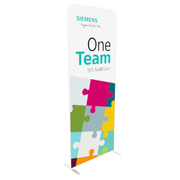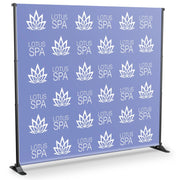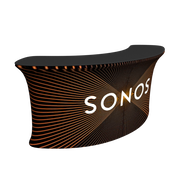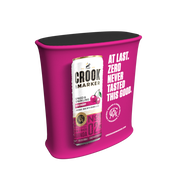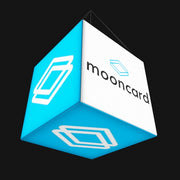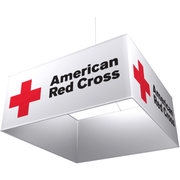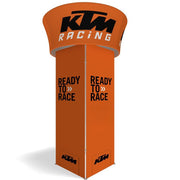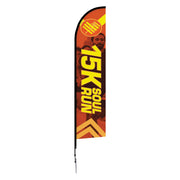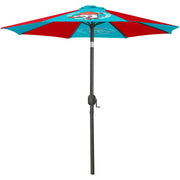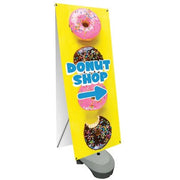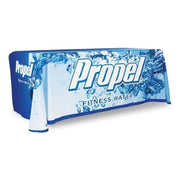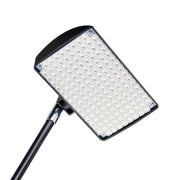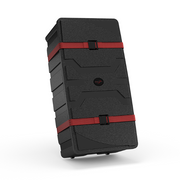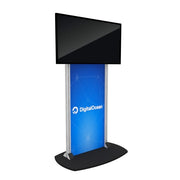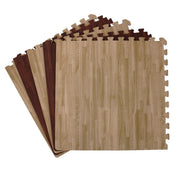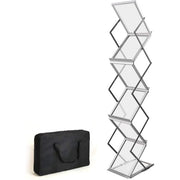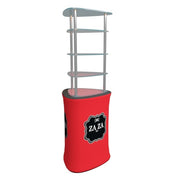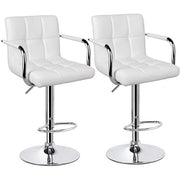How To Calculate Your Trade Show ROI

You have been asked the same question again and again: "What's the ROI from our trade show program?" You brace yourself, take a breath, force a giggle and answer, "I have no idea."
Why not? It could be because you can't get the sales team to talk about which leads converted into sales for you, or because you do not have a database that monitors it automatically, or because you just don't have the time to chase everything down.
But it isn't rocket science to determine your trade show ROI, just simply a lot of work (you do not want to do by yourself).
Here's 4 tips on how to calculate your trade show ROI:
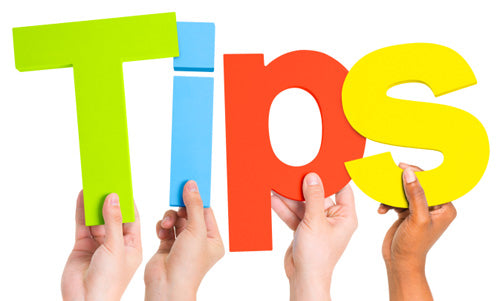
1. Gather Your Leads
Collect together your list of trade show leads from each show. In the event that this is too much of a hassle to do, do the shows you actually want to keep tabs on first, like your expensive or major shows. Place this list in a spreadsheet. You will need this for extra columns and calculations later on.
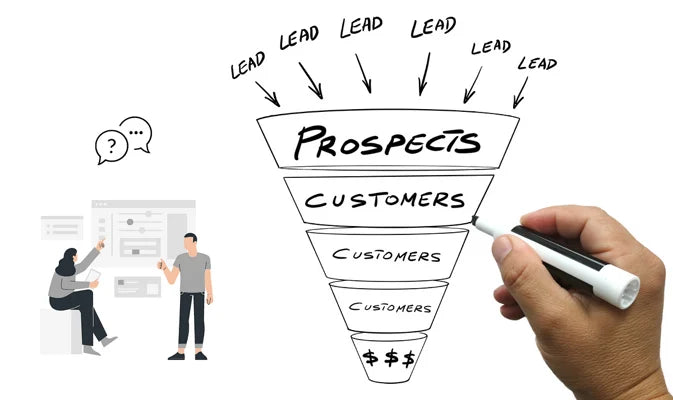
2. Find Your Customer List
Someplace in your small business is a list of your customers and what they bought. It might be in a neat database, it could be the invoices in your accounting software, it could be in your warranty files. But it's out there. Don't possess access to it? Ask your supervisor to get you access. Your supervisor will be thrilled you are being proactive about both revenue and costs.

3. Analyze Leads To Customers
Research every company listed as a business lead that went to your trade show booth to see if they're also in your customer database. Are they there? If yes, add a column to your leads spreadsheet that says "bought" and tag them as Yes. Then put in a column and enter how much they put in. Match them by eye, not by exact match, so if Company ABC was the business lead, but Company ABC Inc. is the sale, you can match (using geography as your guide). Does this seem to be a lot of work? Yes. If you don't have enough time, ask your supervisor for a temp to assist you with this.

4. Calculate Your ROI
When you total up the sales you can attribute to the show, compare that to the price to the cost to exhibit at the show. So, if your sales were $100,000 and your costs were $10,000, then you have an ROI of $100,000/$10,000 = 10 to 1. You now have a yardstick to compare which trade shows to exhibit at and which ones to drop. And you have a metric to compare trade shows to other marketing events.
Bonus Tip #1: Track New & Repeat Business: Keep an eye on the date of all sales from leads from the trade show event. Were they already a customer prior to the show? So, you helped influence a repeat customer. Did they buy frequently following the show? Then total up those sales, not merely the first one. Did they buy for the very first time following the show? In that case your trade show lead became a new client.
Bonus Tip #2: Track Products & Services: If your client database has the information easily available, you can also check out and track what products and services they bought. Did they purchase the new product you launched at the show, or your popular existing products? Do the products and clients belong to more than one market segment for you? If so, find out if the biggest segments were people you targeted at the show. You might be surprised, and you'll want to improve your show messaging and marketing promotions the next time around.
So, don't be discouraged if your sales team doesn't report back what goes on to each business lead, or you do not have a unified sales and marketing database that automatically calculates ROI for you. Following these tips will give you the insights to not only eliminate poor performing shows, but also justify expanding your remaining shows and even alter your overall trade show marketing strategy for the future.
It takes some work, but it’s very satisfying to finally really know. Especially the next time you get asked, “What’s our trade show ROI?”
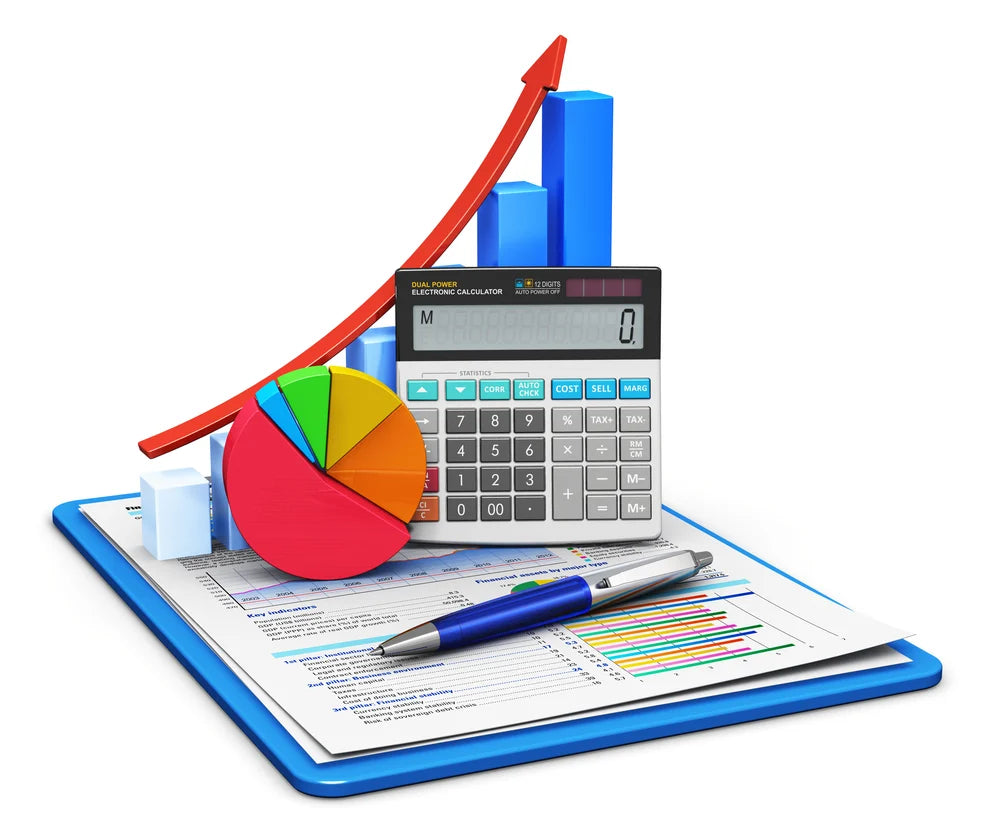
Choose The Right Partner
To truly make a memorable impression at your next event, it's essential to possess a trade show booth display that exudes quality, captures attention, and fosters engagement. With Trade Show House as your partner, crafting an impeccable trade show exhibit that resonates with your brand's aesthetics becomes an exciting reality. Our collaboration empowers you to customize the display to seamlessly align with your company's identity. Prior to finalizing, you'll have the opportunity to preview the exhibit, instilling you with confidence for your next trade show event!
-
Posted in
trade show, trade show advice, trade show booth, trade show budget, trade show display, trade show marketing, trade show planning, trade show roi


